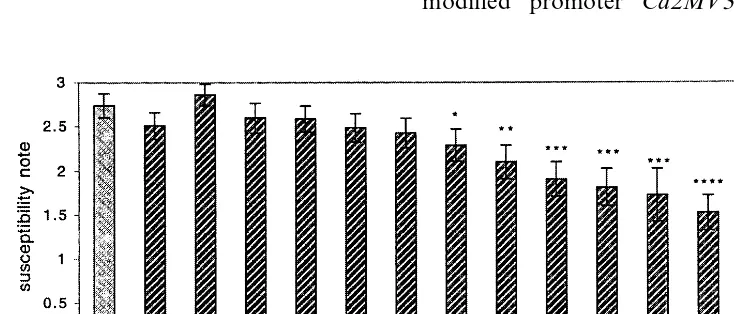Directory UMM :Data Elmu:jurnal:P:PlantScience:PlantScience_Elsevier:Vol149.Issue1.2000:
Teks penuh
Gambar




Dokumen terkait
However, under a high-salinity condition, the cells transformed with kat E grew faster than the control cells, and the cells expressing kat E / bet genes grew faster than
(i) The natural coding R L is operant during the animal’s natural life; (ii) The experimental coding R E is that inferred experimentally: it in- cludes only particular features
The comparison of apo E and triglyceride concentrations in Finnish subjects using covariance analysis (on log-transformed values and after adjustment for age, and apo E
polymorphism in this gene cluster, and (3) to evaluate the role of this new variation in affecting plasma lipid levels in the general population.. PCR amplification , SSCP ,
TC and LDL-C baseline levels were significantly different among the apo-E genotypes, yet there were no significant effects on lipid and lipoprotein dietary response..
The microinjection method for production of transgenic farm animals requires specialized techniques and results in intolerably low production efficiencies. We investigated whether
seven classes were transformed into NPP estimates for six uniform land-cover types (indigenous forest, exotic forest, scrub, improved grasslands, unimproved grasslands, and
Classes PlantWater, CBalance and PlantN are called to provide estimates of plant water, carbohydrate and nitrogen stress, respectively, for estimating such stress eects on plant